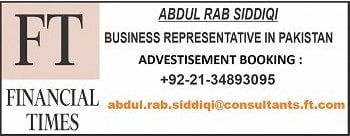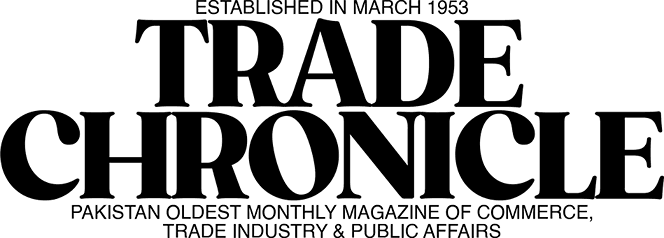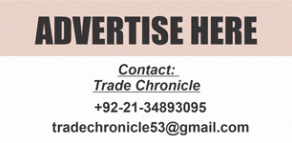The government has approved the deregulation of drug prices not included in the National Essential Medicines List (NEML) on the Ministry of National Health recommendation. This is a major shift from the Drug Policy 2018 currently in place (under which pricing was linked to the annual CPI). Prices of medicines other than essential will be exempted from section 12 of the Drugs Act, 1976, which grants autonomy to pharmaceutical companies to raise prices of non-essential drugs independently. DRAP will be making amendments to the last Drug Pricing Policy 2018 accordingly.
Under the 2018 Drug Policy, prices of essential and non-essential medicines could be raised by 70% and 100% of the average annual CPI (of the previous year) with a cap of 7% and 10%, respectively. While the same still applies for 464 essential drugs listed in the NEML, the pharmaceutical companies can now raise the price for non-essential medicines on a discretionary basis.
Types of drugs on the essential and non-essential list
There are c. Eleven thousand actively marketed drugs in Pakistan sold at licensed pharmacies based on prescription. The list for non-essential medicines has expanded significantly in the past few years. They include some antibiotics (like amoxiclav), gastrointestinal (Tramadol), and vitamin/calcium/IV solution categories, etc. and exclude such categories as medicines in pediatric (Cefaclor) analgesics (paracetamol, ibuprofen), cardiovascular (Amlodipine), respiratory (Aminophylline), diabetes (insulin injections, metformin) and psychotropic drugs etc. which are categorised as essential drugs.
This has happened before, in 1993 – a similar case can be made.
A similar decision was taken in 1993 when the government (led by the PML-N) announced partial deregulation of the prices of medicines. Drug prices increased by c. 90% on average in the post-deregulation era between 1993 and 2001 (even by over 300% in some cases), according to a WHO Report (2006). Importantly, as per SBP data, medicine prices in the CPI basket rose 20-30% YoY during 1993-94 – some of which was reversed in subsequent years, given prices exceeded that of neighboring countries. This also resulted in a large shortage of essential medicines in Pakistan as the industry lost the economic incentive to produce such drugs, which remained regulated. Ultimately, the Ministry of Health introduced, a price moratorium in 2001-2013. A similar case (to that of the 1993-94 price hike) can be made this time around, given the PKR has devalued by a cumulative c. 30% in FY23-FY24td, against which pharmaceutical companies have received a c. 14%-20% price hike in May’23 from DRAP.
AGP, HINOON and ABOT are among the major beneficiaries; we reiterate Buying on AGP and SEARL
Based on today’s decision, the exact price increase cannot yet be determined. However, pharma companies with a high proportion of non-essential drugs in their revenue mix (over 50%) benefit the most. AGP, ABOT, HINOON and HALEON will be the key beneficiaries – all of which have over 50% non-essential drugs in their sales mix. GSKCH and SEARL will also benefit, albeit with a lower proportion. We expect a sharp increase in margins of pharmaceutical companies with AGP to lead the trend. In our view, the deregulation may also help the industry quickly neutralise the negative impact of any large PKR-USD depreciation through more nimble price hikes.
We have a Buy rating on AGP and SEARL with a TP of PKR100/sh and PKR90/sh, respectively. We will look to revise earnings as clarity on potential price hikes emerges.
Courtesy – IMS Research




Good news & analysis on pharma sectors v R stuck in Searle especially